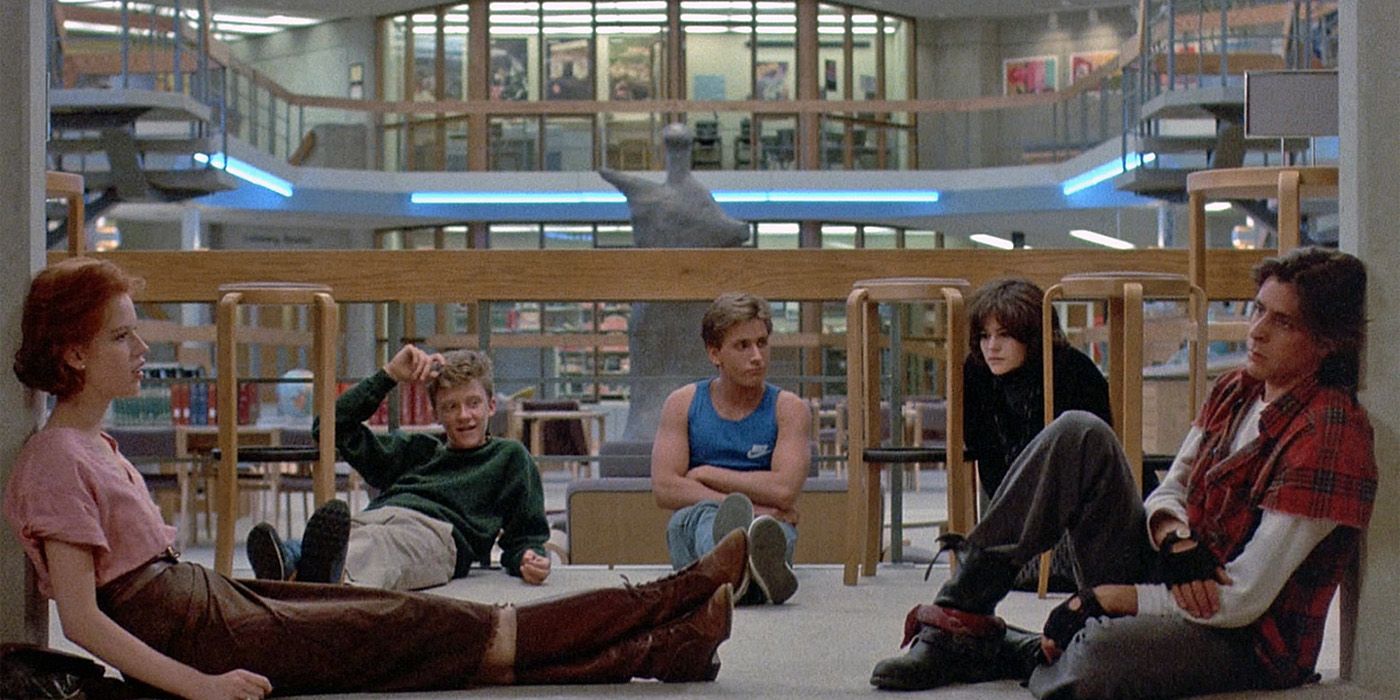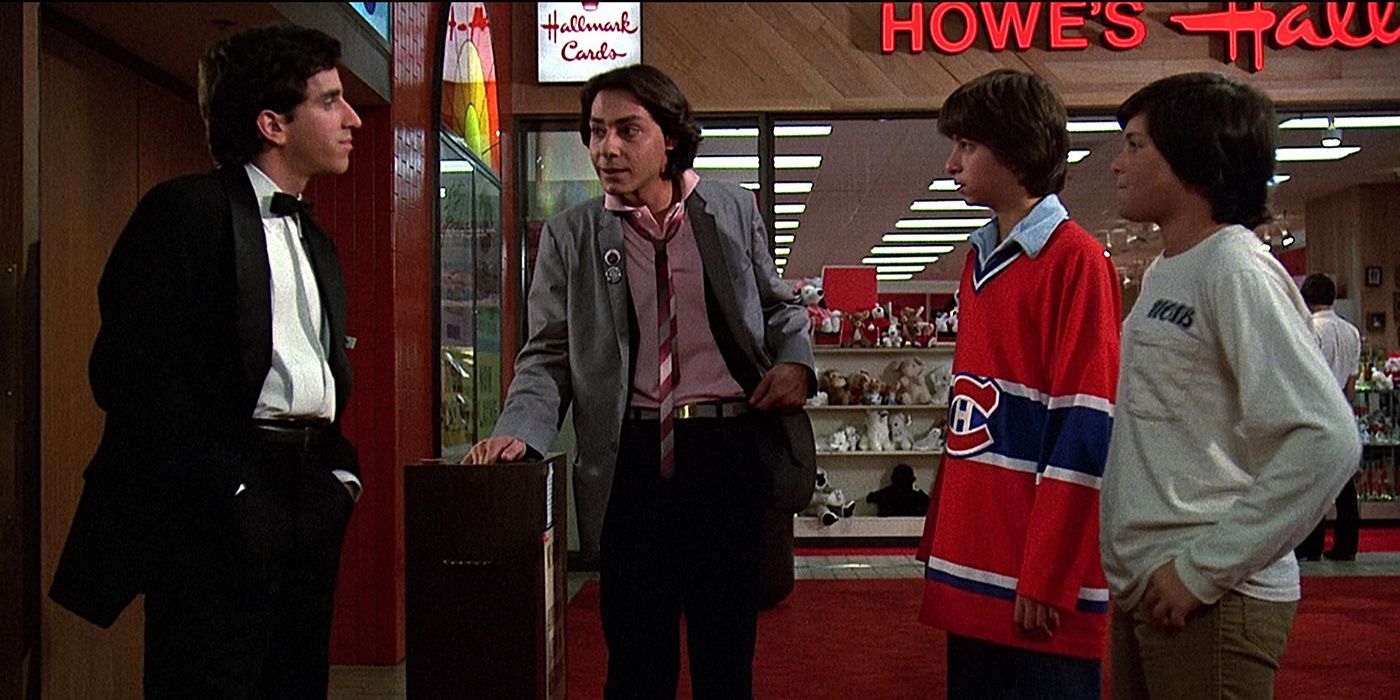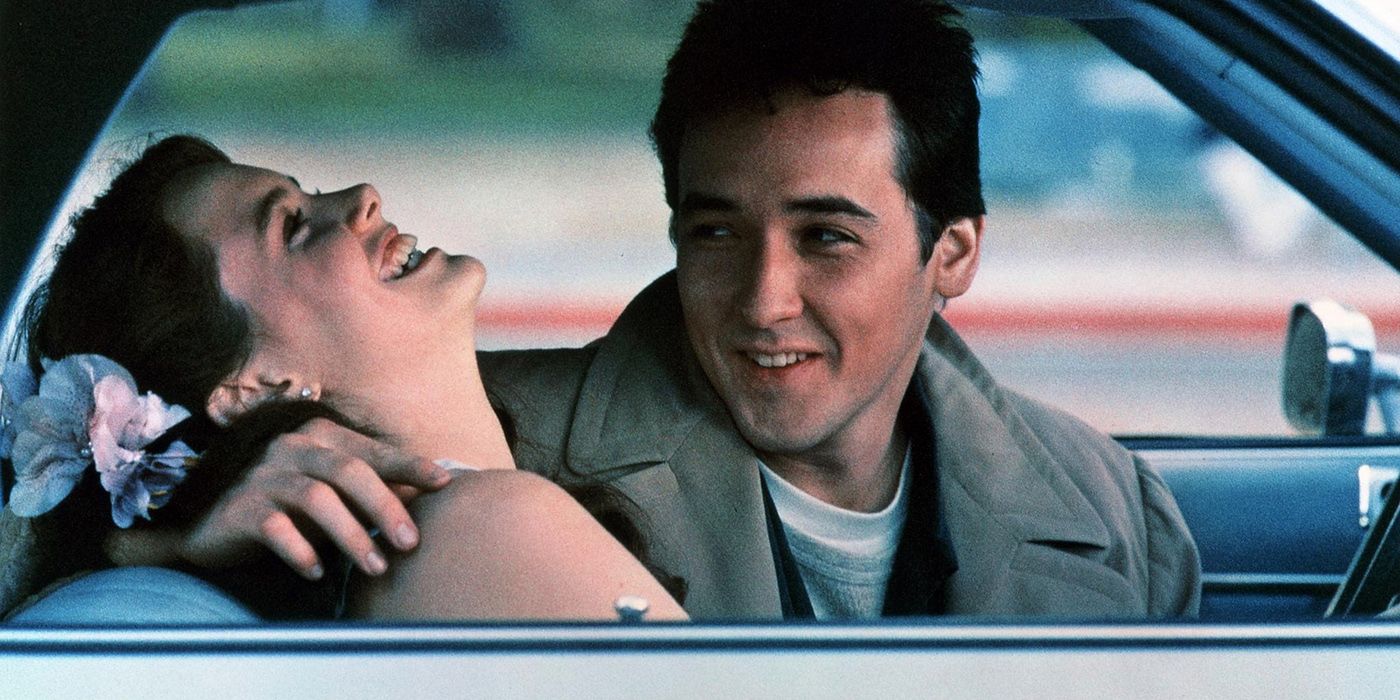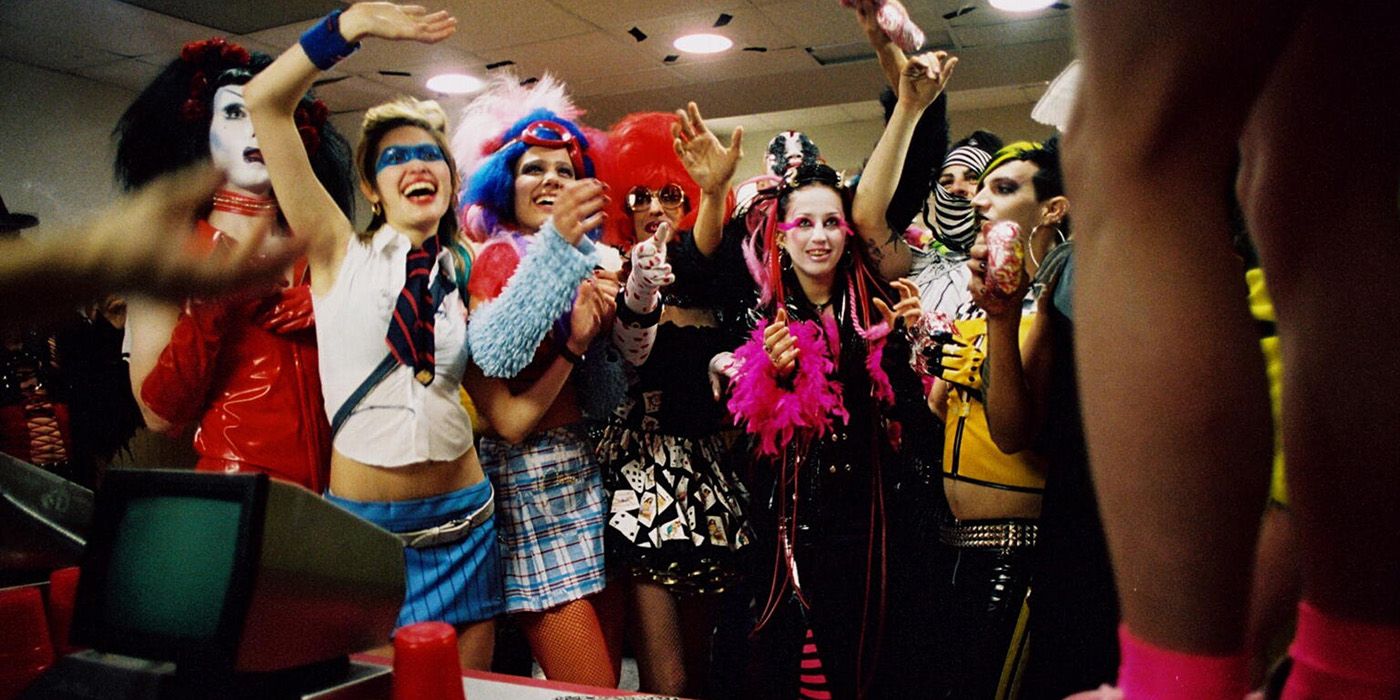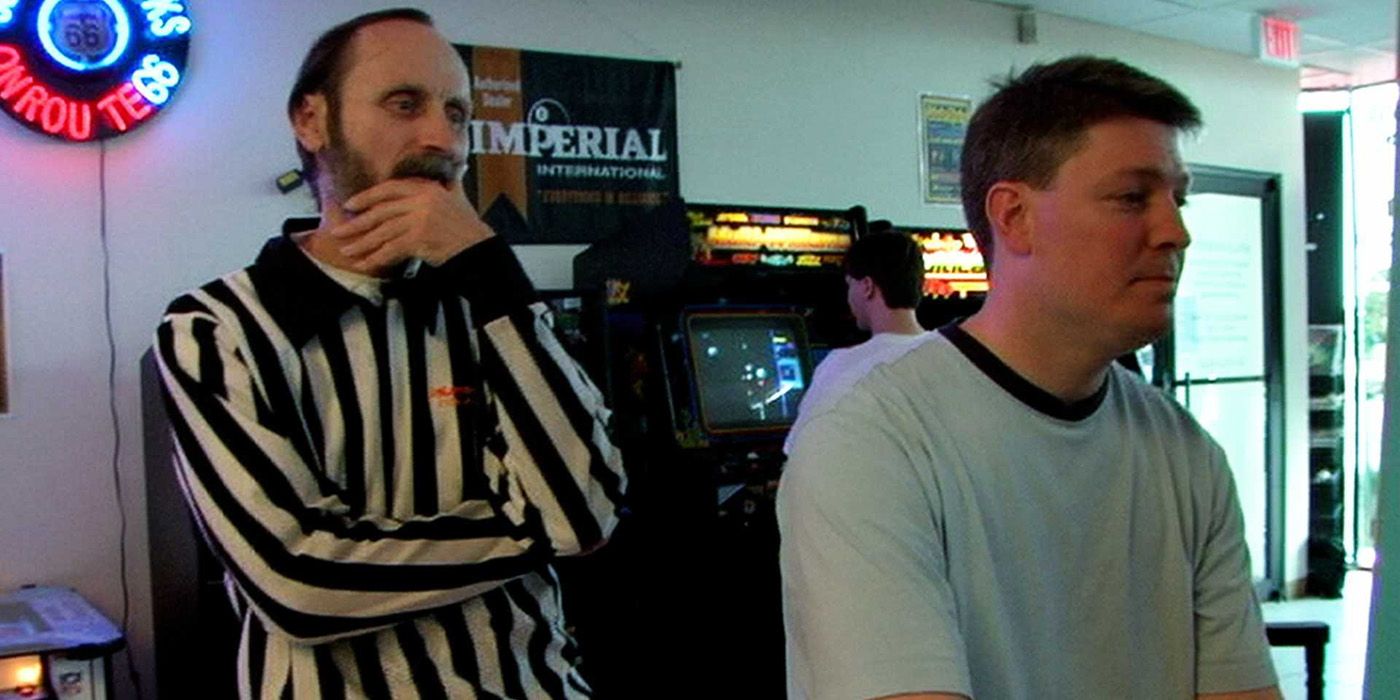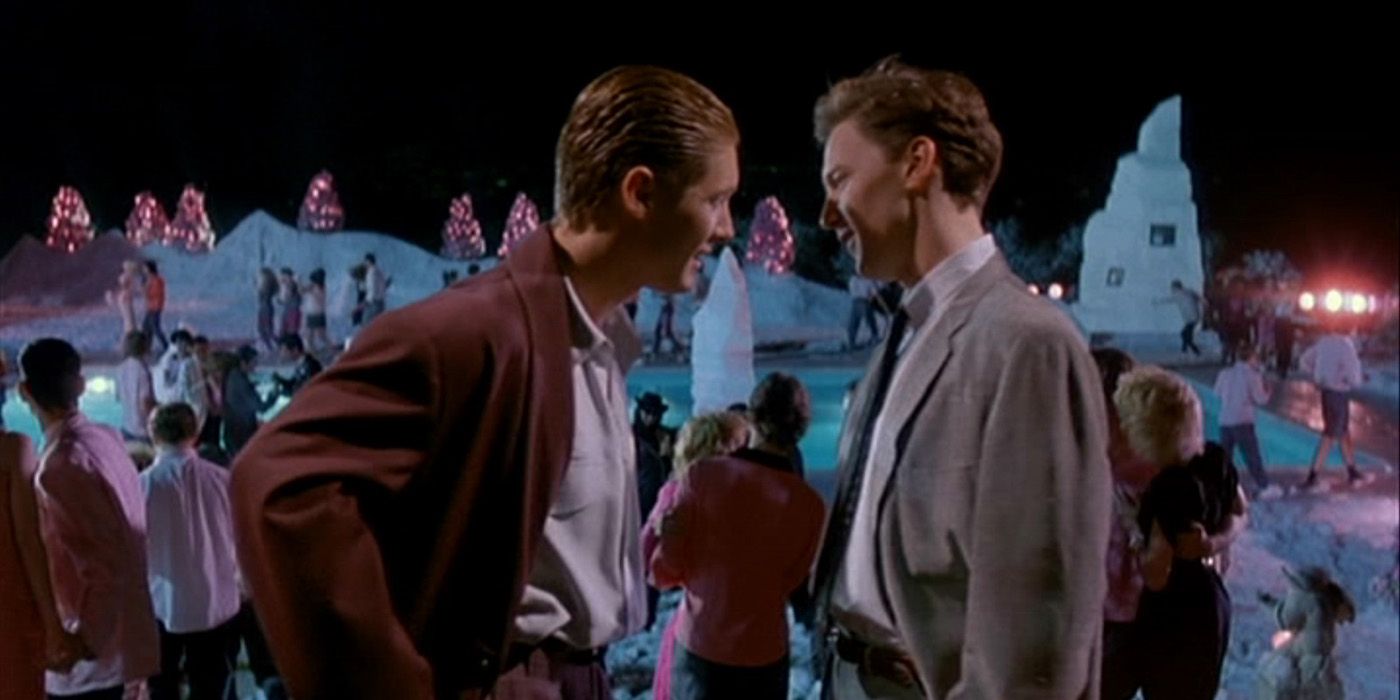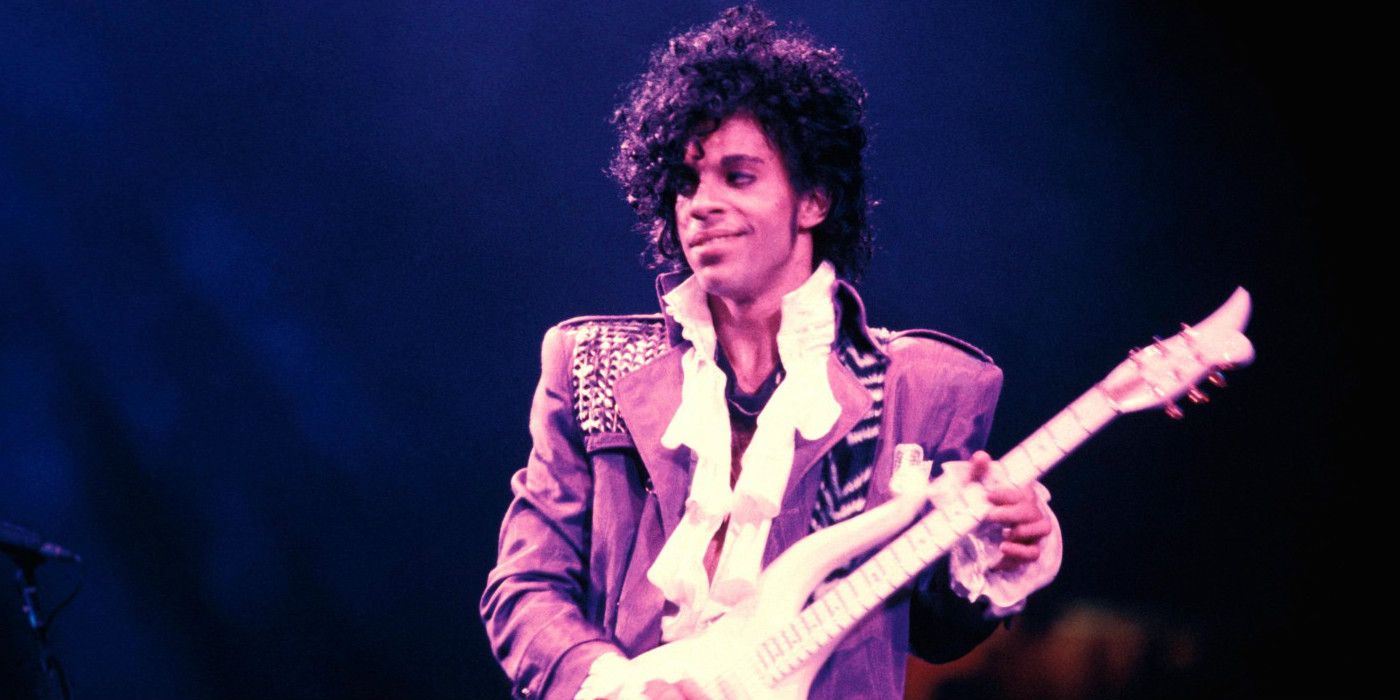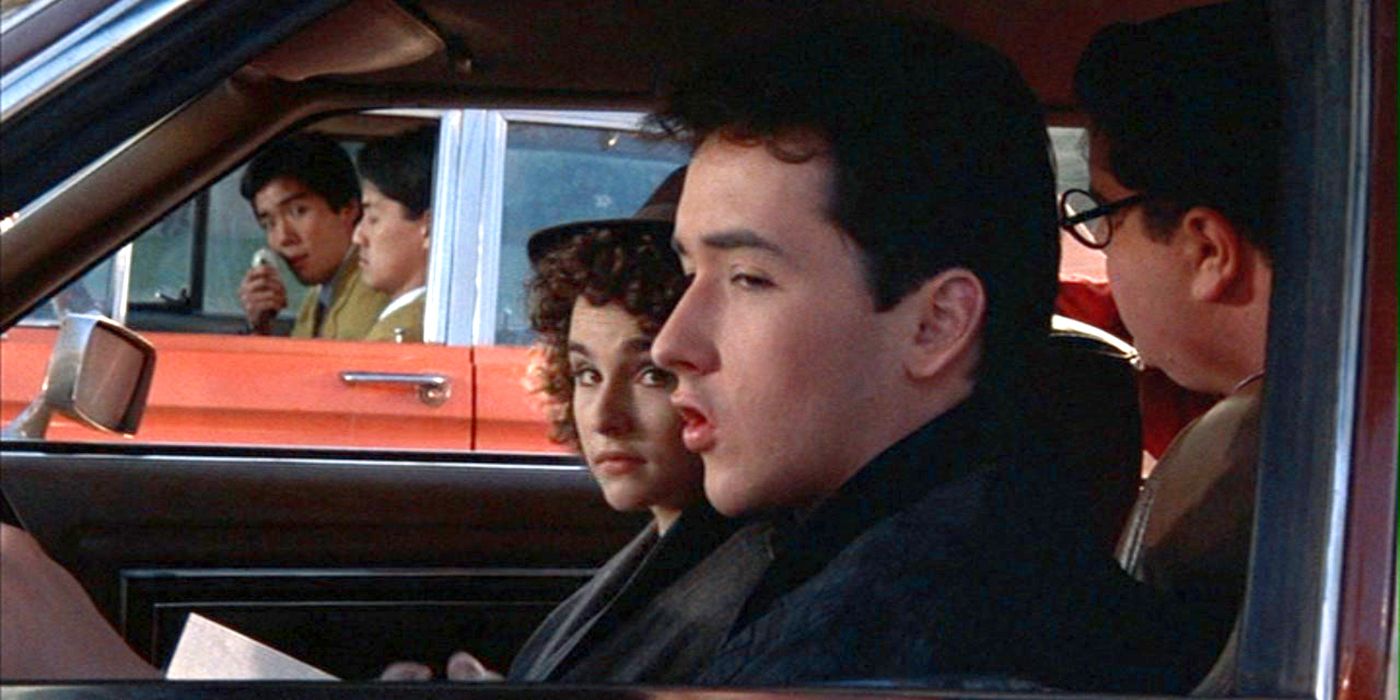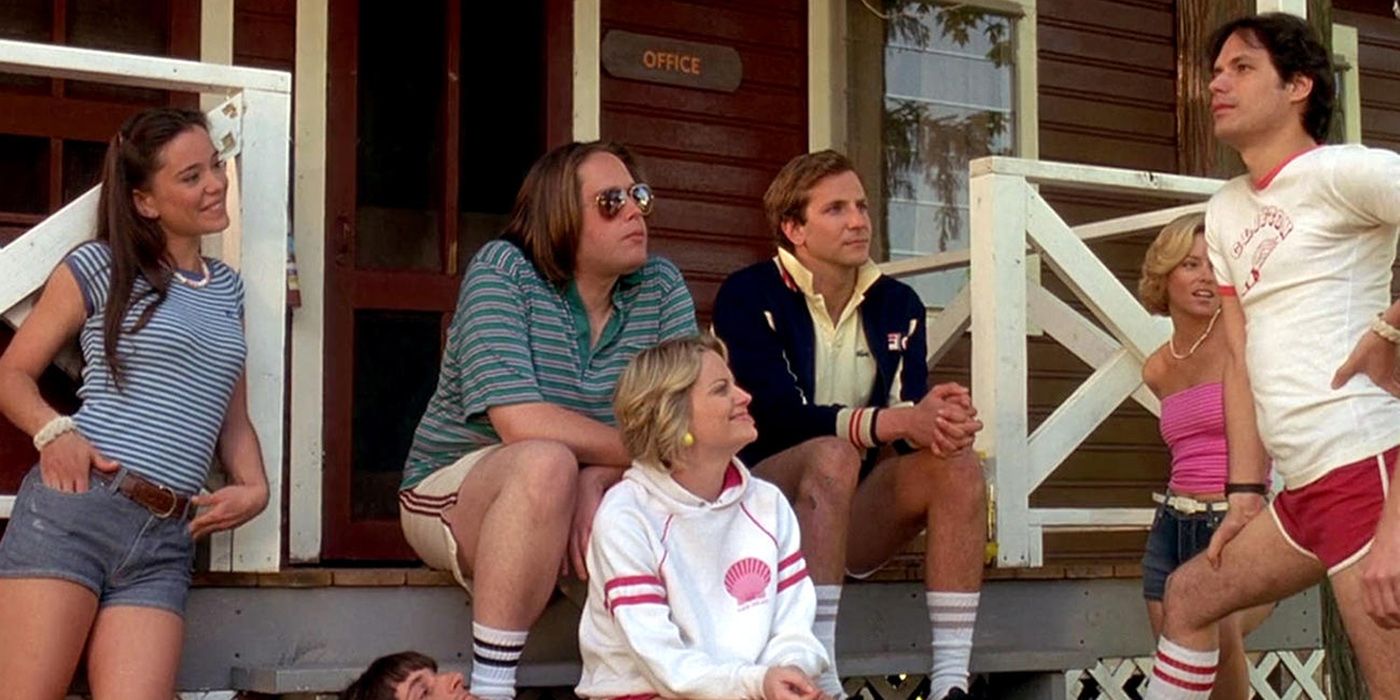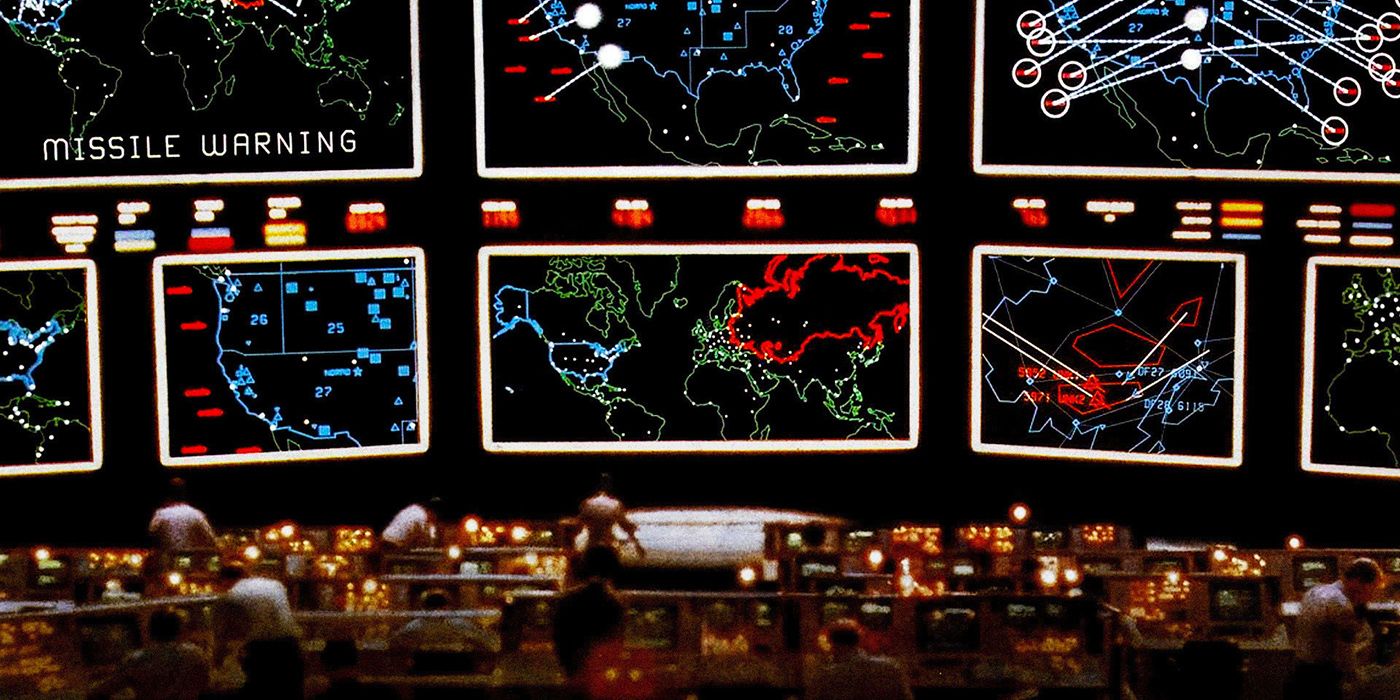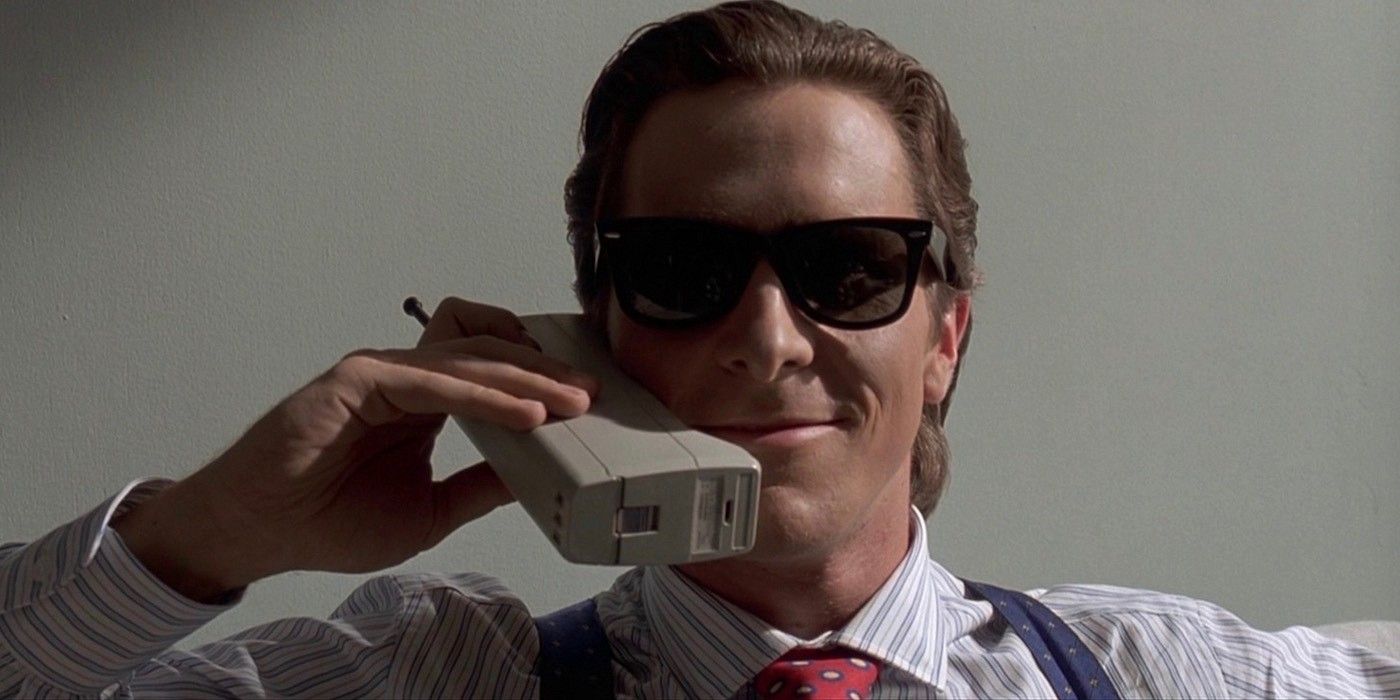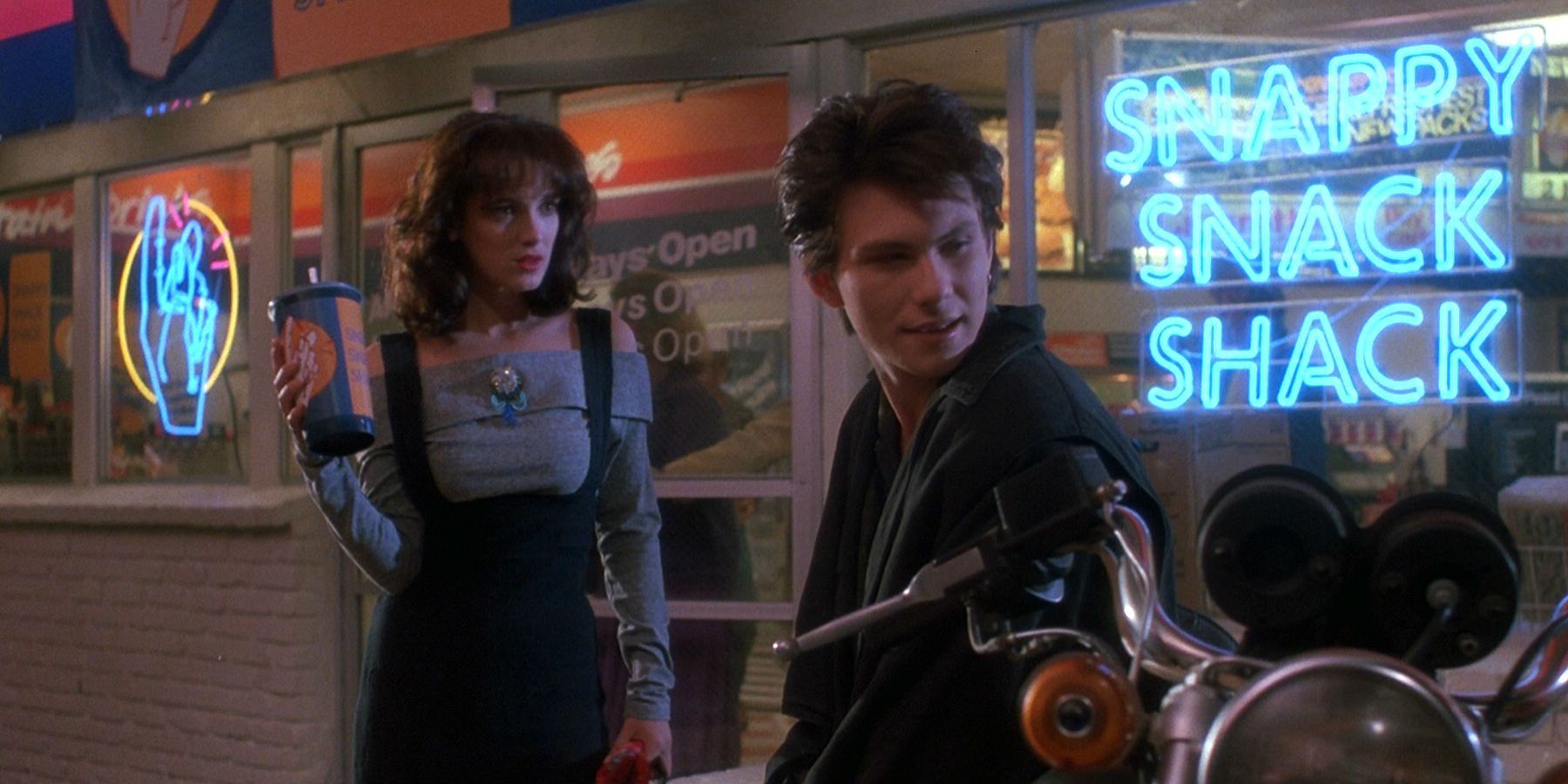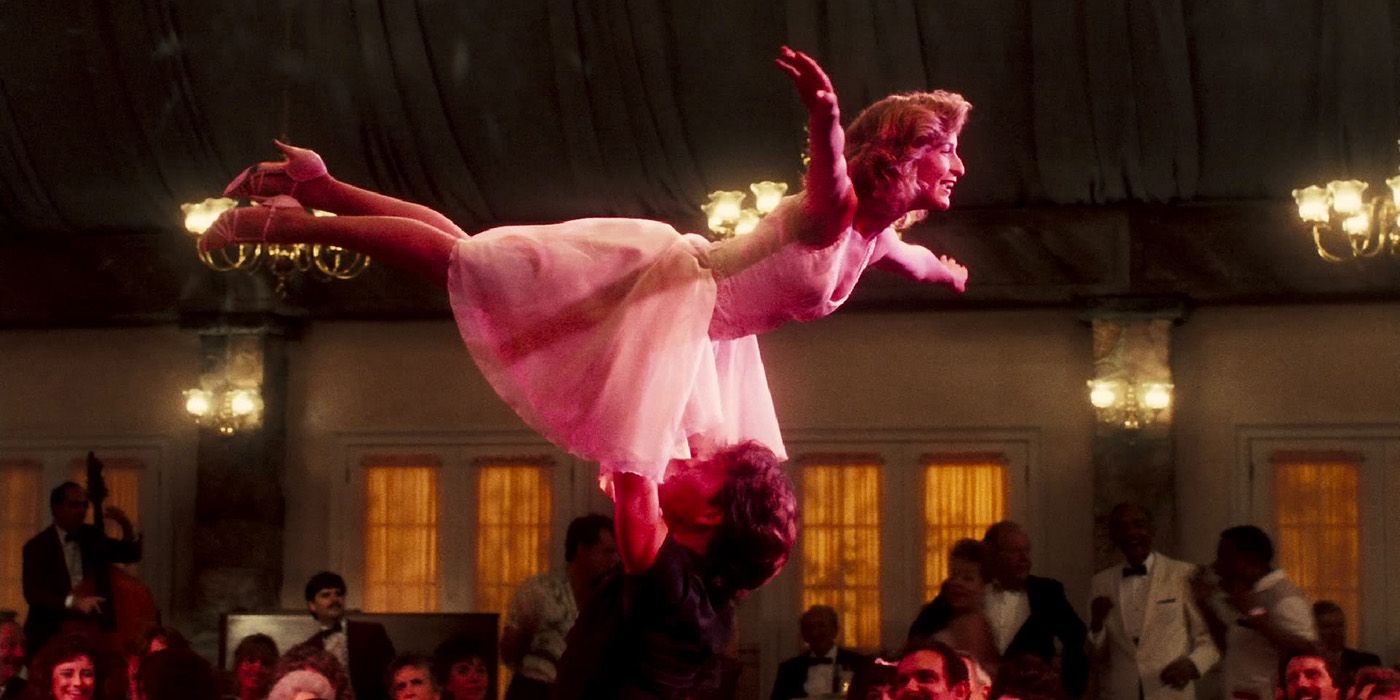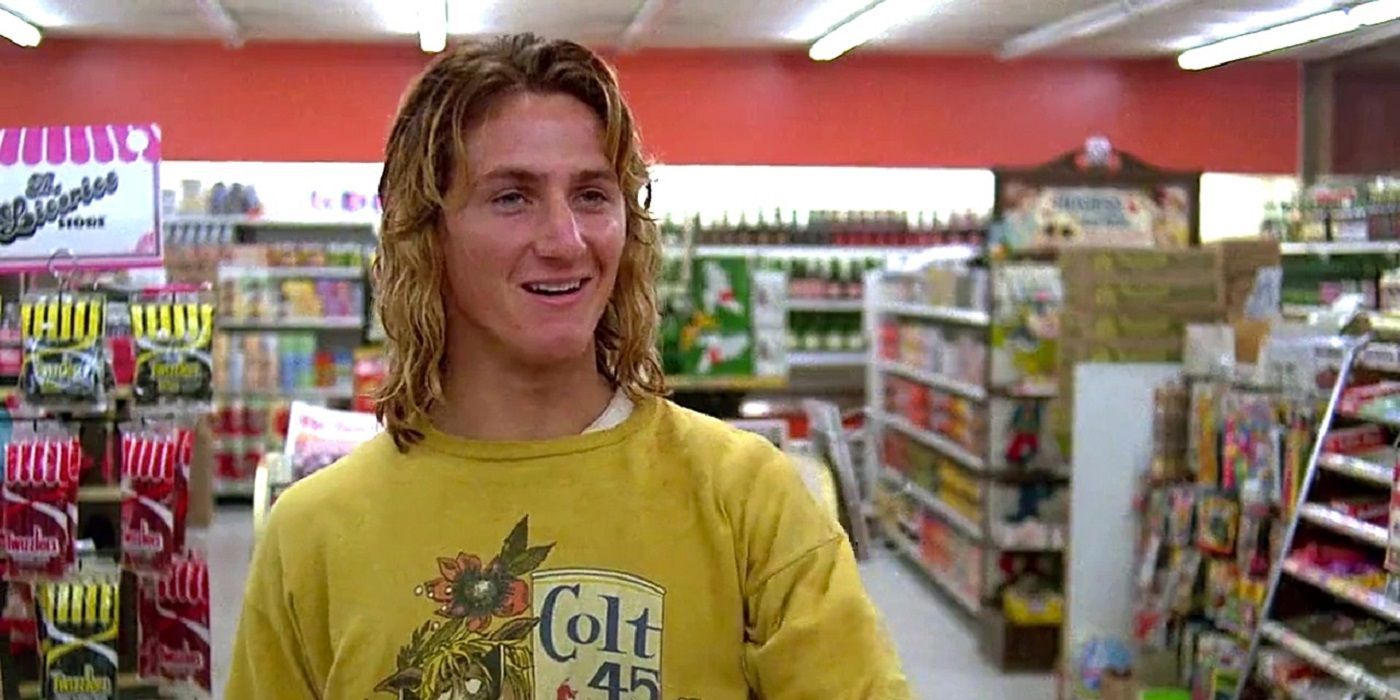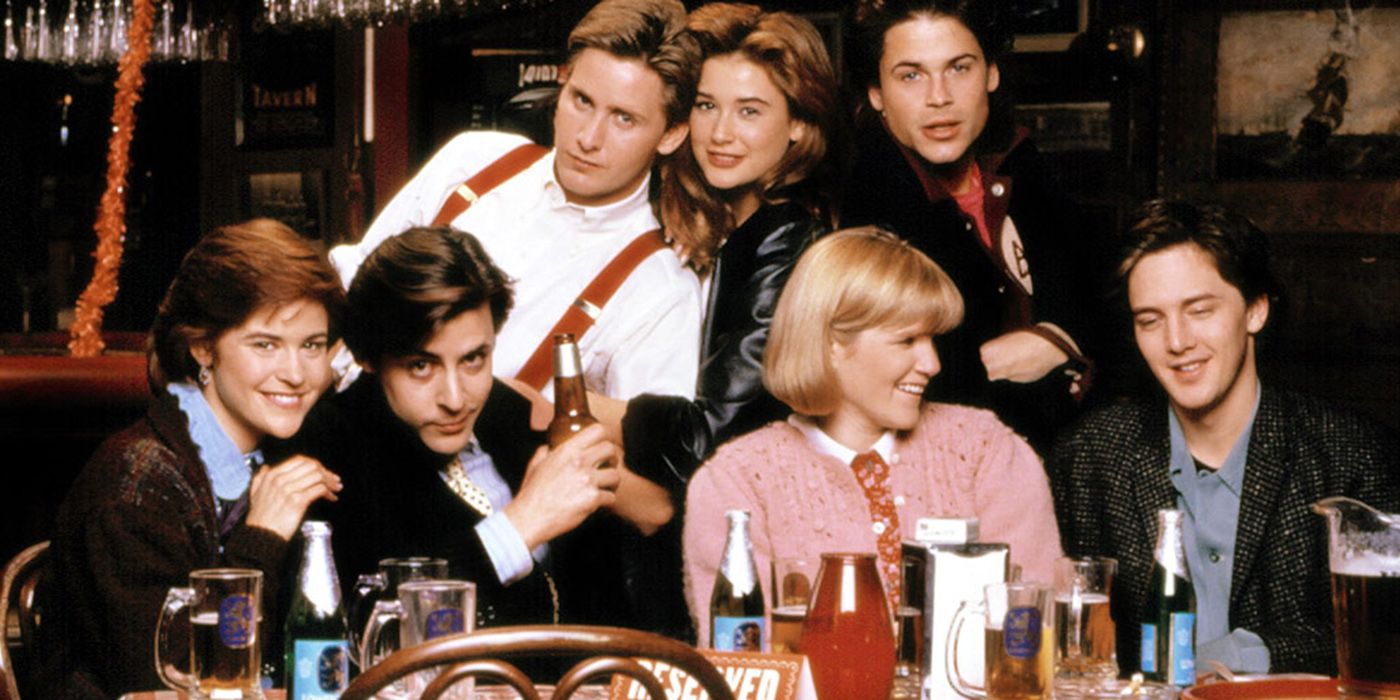What is it about the 1980s? Why is it that people seem to be unable to get this decade out of their heads? Was it the music? The clothes? The movies? The sight of slicked-hair business executives enjoying power dinners with androgynous artists while talking on cell phones larger than their heads and waiting for the bathroom cocaine line to clear up? Those great Ninja Turtles toys?
Well, it comes down to all of those things and many more. While every decade has an identity, few decades can boast such a colorful and diverse culture as the '80s can. While many elements of that culture are long gone, thankfully we can always rely on a select group of movies to provide a permanent snapshot of everything that made the '80s such a beloved time in history.
These are the 15 Movies That Perfectly Capture The 1980s.
15. Say Anything
It’s accurate to label Say Anything a romantic comedy, but given the negative connotation that genre receives for being cheap and exploitative, it somehow doesn’t seem right to classify this movie as such. After all, when you think of a romantic comedy, you tend to think of a beautiful guy and girl that have to go through some kind of wacky scenarios in order to finally be together. In a way, that describes Say Anything, but the movie will forever be elevated by its smart writing and phenomenal ‘80s setting.
Say Anything’s larger story about a pair of seemingly mismatched lovers is bolstered, in part, by a subplot involving the girl’s father being involved in a financial scheme (they were all the rage in the day), but it’s really made great by how honestly it portrays casual dating in that era. This is best shown in an early scene where Lloyd nervously calls Diane and for the first time at home and gets her father on the line instead and, of course, by that iconic scene where he stands outside of her house blasting music on a boombox when left with no other way to possibly get her attention.
14. Party Monster
The “club scene” as it relates to clubs that are always trying to be the hottest nightspot in their city and the people that love them has never really gone away. However, it has changed a great deal over the years. Whereas most modern clubs seemingly cater to 20-somethings looking to drown out their worries in house music and overpriced drinks, clubs in the ‘80s typically attempted to attract very specific clienteles through a variety of themes and other attractions. The most notable of these clubs typically stayed hot for a few months by pioneering some incredible new concept and then failing to catch on to the next big trend.
The people who dictated their success were called club kids. Party Monster retells the true story of an infamous group of these club kids that, for a time, dictated what was cool in the underground ‘80s club scene. Through outlandish costumes, shocking party concepts, and a whole lot of drugs, they took over a good part of the New York nightlife. While not everyone was on board with their particular style, it’s amazing how much of a following of affluent young partygoers they would attract during the decade.
13. The King of Kong: A Fistful of Quarters
What? A movie made in 2007 managed to capture the ‘80s better than a movie that was actually filmed in the ‘80s? Well, so far as translating the video game arcade scene to film goes, then yeah, it did. The brilliance of The King of Kong as it relates to the film’s ability to capture the obsession with arcades and high scores is certainly due in some small part to the fact that it includes actual footage of arcade masters from the ‘80s, but has much more to do with its ability to really relay the culture of the arcade scene.
The gaming industry is bigger now than it ever was, but the one thing that modern gaming could never equal is the cult-like obsession that arcades instilled in early gamers. As shown by the race for a Donkey Kong high score that the film focuses on, there was nothing more important to gamers in the ‘80s than being able to head down to their local arcade and but their initials into a machine that would identify them as the very best. Beyond that obsession, though, lies a fundamental love for gaming which this movie shows better than any.
12. Less Than Zero
You can't really say that the ‘80s were the decade in which casual drug use was the most rampant, but it’s certainly the only decade in modern American history when the rich, powerful, and bored had formed such an identifiable culture of constant drug usage when such a thing was typically believed to be the pursuit of lower classes. If you weren’t down for a line of coke every now and then on the weekends in certain scenes, then it was going to be really hard to secure another invite.
Less Than Zero is not a perfect film, but the one thing that it must be applauded for is its ability to show just how deep the drug scene had embedded itself into affluent pockets of America in the ‘80s. Its stars are a group of trust fund kids that seemingly have the world ahead of them and have chosen to bide their time by doing as many drugs as possible until they’re forced to actually begin their lives or simply bottom out. Along the way, Less Than Zero manages to showcase the fashion and music of the decade well enough, but its great accomplishment is still the way it turns the lens on youth cocaine culture.
11. Purple Rain
Purple Rain is an absurd film. Actually, worse than that, it’s a glamour piece for Prince who, at the height of his music career, decided that it would be a good idea to star in a movie that sees him engage in an incredibly elaborate adventure that includes mobsters, motorcycles, and more than a few convenient excuses to implement Prince songs perfectly into the proceedings. Even Warner Bros. supposedly felt that the project was incredibly ridiculous and seemingly greenlighted it in the hopes that Prince had enough fans to justify its $7 million budget.
What they got was something much more impressive than anyone suspected. Purple Rain may be ridiculous, but there is a strange kind of honesty in its outlandishness. By going all out with nearly every single production element (the lighting, the costumes, the soundtrack) Purple Rain manages to capture the way that many young people chose to view ‘80s culture in the midst of the madness. Whether or not Purple Rain is the most accurate portrayal of the decade is slightly irrelevant in comparison to the way it really brings to life the intangible atmosphere that many of the parties and music of the time were striving for.
10. Better Off Dead
This had to be considered the most oddly cheerful movie about suicide and depression ever made. This brilliant dark comedy has sarcastic satire running through its veins as best shown by the classic line that Beth Truss uses to break up with her boyfriend Lane Myer at the start of the movie (“Lane, I think it'd be in my best interest if I dated somebody more popular. Better looking. Drives a nicer car.”) The entire movie feels resentful of what American has become in the ‘80s and uses the suicidal Lane Myer as a vehicle for its bitterness.
Better Off Dead may tear at the throat of ‘80s conventions with reckless abandonment, but the fact that it must still address them in the process makes it a fascinating snapshot of the era that’s only bolstered by its inherent cynicism. From the textbook jocks to the friend that inhales nitrous oxide because he can’t get his hand on real drugs, Better Off Dead serves as both a parody of the ‘80s and one of the few movies that was able to really take a look at how the decade may be viewed years later by popular culture while it was still right in the middle of it.
9. Wet Hot American Summer
It’s still difficult to believe that Wet Hot American Summer was released in 2001 and not 1981. When you really look at it, Wet Hot American Summer is really nothing more than a comedic spoof of both the idea of summer camps and all of those awful summer camp movies that riddled theaters during the decade. So why is it that this movie better captures that decade than those movies that were actually made during the era?
Well, for one thing, it really does do an excellent job of addressing the decade’s unfortunate fashion trends with the kind of clarity that only hindsight can provide. This is especially true of male short shorts which somehow only decreased in length as the ‘80s went on even though logic would dictate that they should go the other way. Additionally, this has to be one the greatest ‘80s soundtracks ever in terms of finding songs that are both lyrically unfortunate and undeniably catchy. Actually, that’s kind of what’s so great about this movie in general. In the same way that a comedy roast reveals the best and worst of someone at the same time, Wet Hot American Summer respects and ridicules the ‘80s in perfect measure.
8. WarGames
The subject of the Cold War is a tricky thing to get right on film. On the one hand, it was started because of a very viable security threat that had only been growing between Russia and America over decades. Many people on both sides were scared that the whole thing could only end with nuclear war and were prepared to eventually have to face a day when it all came crashing down. On the other hand, the sensationalism that surrounded the whole thing was fairly thick and came to define the entire period years down the line.
WarGames may not be the most dramatic interpretation of the Cold War, but the reason that it stands above so many other movies that dealt with that subject is because it does exhibit an underlying cheekiness about the whole matter. By suggesting that a young video game master could somehow start or prevent World War III based on his in-game actions, WarGames earns points both for its incorporation of the video game and technology scenes of the ‘80s and its ability to talk about the hype of the Cold War with a surprising amount of tongue in cheek grace.
7. American Psycho
An adaptation of a Bret Easton Ellis book previously graced this list with Less Than Zero, and now the author strikes again with this movie based on his most famous novel. When people talk about American Psycho, they tend to focus on two things. The first, obviously enough, is the story’s incredible violence. While the movie has nothing on the book in this department, it is still infamous for its casual scenes of sexually charged violence that shook viewers to their core and forced them to deal with uncomfortable imagery.
Incredibly, however, the movie has achieved most of its infamy through its portrayal of the high-dollar world of Manhattan in the ‘80s. From absurdly wealthy and eternally young men debating on which new chic club or restaurant to go to for the evening to Patrick Bateman’s bizarre fascination with the pop music of the decade, everyone in American Psycho is absolutely obsessed with the times they are living in even if they themselves do not realize it yet. There’s nothing about American Psycho that doesn’t scream excess, which is also what kind of makes it so great.
6. Heathers
There’s always been an in-crowd in high schools. There’s always been that popular clique of kids that rule over the rest of their classmates, even if the concept of a “teenager” didn’t really come about until after World War II. However, the concept of the clique took on a whole new form in the ‘80s as high schoolers everywhere began to really buy into the materialistic culture and made the matter of being cool more about haves and have-nots than ever before. Everyone had a word for these kids, but Michael Lehmann’s 1988 film forever dubbed the female versions of those clubs "Heathers."
It’s almost tragic that Heathers is the movie that so perfectly captures this culture. After all, this is actually an incredibly dark comedy that focuses on one girl’s mission to kill or otherwise destroy the life of such popular teenagers. Yet, Heathers approaches the subject of these teenagers with such cynical venom that it actually manages to portray how awful these cliques really are better than some more restrained or comedic films on the subject might. Heathers might be considered by some to be the Mean Girls of its generation, but honestly, it stands alone in its effective capturing of this subculture at this time.
5. Dirty Dancing
Say what you will about the works of Shakespeare (you could, for instance, say that his language is painfully dated and shouldn’t be so revered in the public education system), but the one thing you do have to give the playwright is his ability to craft story concepts that stood the test of time. One of which, of course, is the tale of those two lovers from different sides of the world named Romeo and Juliet. It seems that every generation has since made it their mission to update this story at least once a decade, and Dirty Dancing is the ‘80s take on the matter.
Put aside the often times overly dramatic love story that makes up a good chunk of the plot, however, and you’ll find a movie that has since become synonymous with the ‘80s largely due to its emphasis on music. Music has always been a big deal, but music in the ‘80s began to take on a far more sensual role than it perhaps had in the past. Music, put simply, was sex, and Dirty Dancing effortlessly combined the two in a story that showed two young lovers fighting off the expectations of the world through the power it wielded.
4. Fast Times At Ridgemont High
It’s tempting to simply say “Every decade needs a high school comedy film and Fast Times at Ridgemont High is the ‘80's candidate,” but that’s a bit insulting to the legacy of this movie. Fast Times at Ridgemont High was one of the first films that attempted to show high-schoolers not as the rest of the world necessarily saw them, but how they saw themselves. It tried to speak directly to them and let them know that all those weird adolescent things they thought that they alone had to deal with were actually universal and never quite so bad as they imagined.
It was also a painfully funny film, of course. Fast Times At Ridgemont High has something of a reputation for really establishing the concept of the low-brow teenage entertainment film (even though 1981’s Porky’s was considerably more raunchy), which is a rather unfortunate reputation when you consider just how smart this film really is. It successfully managed to turn the camera on the typical American high school of the ‘80s and really show what went on in the minds of that generation even when it wasn’t necessarily always what people wanted to hear. The soundtrack is something of an ‘80s anthem as well.
3. St. Elmo’s Fire
St. Elmo’s Fire is actually the name of a somewhat rare weather phenomenon in which plasma is generated naturally from an incredibly strong electrical charge. What does that have to do with the title of the film? Well, not much, actually, as that name is derived from a bar in the story. Still, there is something poetic about naming a movie that so perfectly manages to capture the intensity of its subject matter after a weather effect that is infamous for its own intensity.
This movie is similar to other popular teenage films of the era but manages to separate itself from many of the brat pack classics by expanding its scope. Through the wayward adventures of a group of friends simply trying to figure out what comes next after they’ve graduated from college, we are treated to a rather wide glimpse of the decade. Drugs, sex, business, music, a desire for more… St. Elmo’s Fire deals with nearly every element of the decade’s “real world” culture by allowing us to see it from the perspective of young people who simply want to get through life and understand adulthood. It’s universal, in that respect, but its aesthetics and characters are wonderfully ‘80s.
2. The Breakfast Club
The Breakfast Club is kind of a strange movie in relation to the last two films on this list. It doesn’t quite attempt to capture every facet of high school life the same way that Fast Times At Ridgemont High did and it’s not nearly as ambitious of a film as St. Elmo’s Fire in terms of the number of stories it tells. But if we’re talking about movies that manage to capture this particular moment in time better than any other, you simply cannot discount what The Breakfast Club achieved.
Taking place over the course of a day that sees five students report for weekend detention, The Breakfast Club served as a kind of unofficial U.N. meeting for the respective cliques and social groups forming in schools at that time. Each of its members so brilliantly represents the clothes, tastes, language, and attitude of their particular group that it would have been impossible for most kids of this era to not find someone to identify with on nearly every level. In a decade so obsessed with “me” and “mine,” the Breakfast Club was able to put on film almost everything that various youth groups held dear.
1. Wall Street
The matter of Wall Street and the ‘80s is a lot like the philosophical question of the chicken and the egg: nobody is entirely sure which game first. Did Wall Street simply manage to perfectly capture what was going on in the power money scene of 1980s New York, or was its effect so profound that those in this world simply decided that they were going to copy everything portrayed in the movie as best as they could. Given that the film was released in 1987, it’s tempting to say the former is true, but you can’t discount the way that Wall Street managed to create ‘80s culture as well as it captured it.
Nevertheless, the core of this movie’s brilliance will always be that simple line: “Greed is good.” It’s a philosophy that nearly everyone in this world (and quite a few people outside of it) were championing at the time, but it was also one that nobody had really attempted to put words to quite yet. Wall Street not only put words to that mindset, it showed that the end result of buying in was all the big hair, expensive suits, power lunches with cocaine on the side, piles of cash, and everything else that seemed to define the American dream at that time.

